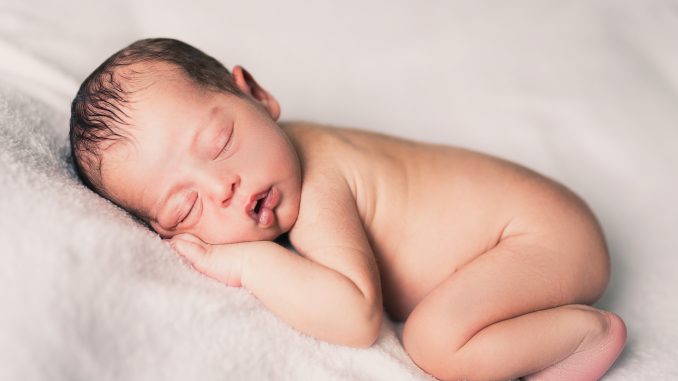
As parents, nothing is more important than ensuring the safety of the little ones. One of the biggest challenges that new parents face is baby proofing their homes. It can seem overwhelming, but with the right tools and guidance, it is possible to create a safe and secure environment for your baby to explore and play in.
In this article, you will explore how to keep your tiny one safe and babyproof in your home. The blog covers everything from identifying potential hazards to creating a baby first aid kit.
Identify Potential Hazards and Risks
Before you start, you need to identify potential hazards and risks. This includes all areas of your home, from the kitchen to the bathroom and even the garage.
Here are some common threats to be aware of which taught to be prevented in paediatric first aid training by Skills Training Group
Electrical outlets: Uncovered electrical outlets are a severe hazard to curious little hands. Make sure to cover all outlets with outlet covers or safety plugs.
Sharp corners: Furniture with sharp corners can be dangerous if your baby falls or bumps into it. Use corner guards to soften the edges of furniture, or consider replacing furniture with rounded edges.
Choking hazards: Babies love to put things in their mouths, so be mindful of small objects that could pose a choking hazard. Keep small items out of reach, including coins, jewellery, and small toys.
Chemicals: Household cleaners and chemicals can be toxic if ingested. Keep all cleaning supplies and chemicals out of reach and locked away in a cabinet or closet.
Stairs: Falling down stairs is a common cause of injury for babies and young children. Install safety gates at the top and bottom of all staircases to prevent your baby from accessing them.
Babyproofing Your Home
Once you’ve identified potential hazards, it’s time to babyproof your home. Here are some tips to get started:
Install safety gates: As mentioned earlier, safety gates are a must-have to prevent your baby from accessing staircases or other hazardous areas of your home. Make sure to install gates that are sturdy and have a locking mechanism.
Use door stoppers: Little fingers can easily get caught in doors, so consider installing door stoppers to prevent doors from slamming shut.
Cover sharp edges and corners: Use corner guards or foam padding to cover sharp edges and corners on furniture.
Secure furniture to the wall: Large pieces of furniture, such as bookshelves and dressers, can be dangerous if they tip over. Use furniture straps to secure them to the wall.
Use outlet covers: As mentioned earlier, outlet covers or safety plugs are essential to prevent your baby from accessing electrical outlets.
Lock cabinets and drawers: Use cabinet and drawer locks to keep cleaning supplies, medications, and other hazardous items out of reach.
Creating a Baby First Aid Kit
Even with the best precautions, accidents can still happen. That’s why it’s crucial to have a baby first aid kit on hand. Here are some essentials to include in your kit:
Bandages: Keep a variety of bandages on hand for cuts and scrapes.
Thermometer: A digital thermometer is essential to monitor your baby’s temperature.
Saline solution: Saline can clean wounds or flush out eyes.
Antiseptic ointment: Keep a tube of antiseptic ointment on hand to prevent infection.
Infant pain reliever: Check with your pediatrician to see which infant pain reliever is recommended for your baby.
Tweezers: Tweezers can be used to remove splinters or other small objects.
Wrapping up
Babyproofing your home may seem daunting, but with the right tools and guidance, it is possible to create a safe and secure environment for your little one to grow and explore. Remember to identify potential hazards, babyproof your home, and create a first aid kit to prepare for accidents. And don’t forget to enjoy this special time with your little one – after all, safety first means that you can relax and enjoy the journey!
